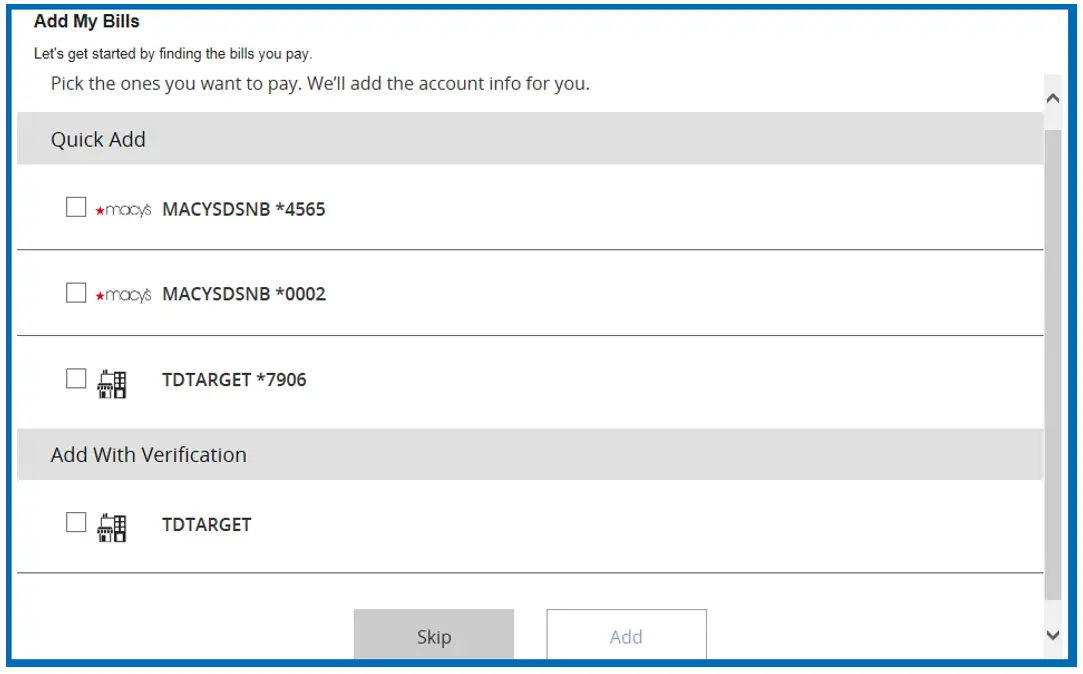When shopping for a car, it's usually best to start by shopping for a car loan.
When you’re shopping for a car loan, remember that what it costs you to borrow depends on three things:
- The finance charge, expressed as an annual percentage rate (APR)
- The term, or length of time the loan lasts
- The principal, or amount you borrow
The APR
The APR is a percentage of the loan principal that you must pay to your credit union, bank, or other lender every year to finance the purchase of your car. This finance charge includes interest and any fees for arranging the loan. The charge gets added to the amount you borrow, and you repay the combined total, typically in monthly installments over the course of the term.
For example, if you take a $15,000 auto loan from your credit union with a 7.5% APR that you repay over four years, you’ll owe $362.69 every month. Over a year, those payments would total $4,352.28, and over the life of the loan, $17,409.12. That means it costs you $2,409.12 to borrow the money to buy the car.
When you’re looking for a loan, you want the lowest APR you can find for the term you choose. The higher the rate, the more borrowing will cost you.
Most APRs you’ll be offered will be in the same ballpark. That’s because the cost of borrowing at any given time depends on what lenders themselves have to pay for the money they’re using to make loans. Rates can vary, so check with the financing arms of car companies promoting their car sales, or local banks and credit unions to find the lowest one.
You may even find that rates from car companies are as low as 0%—especially if sales have been sluggish and they’re trying to entice buyers. Obviously it can be a good deal. But be careful to read the fine print about the conditions that may apply.
The Term
The term of your loan also affects what it costs you to borrow. A shorter term means higher monthly payments but a lower total cost. On the flip side, a longer term means smaller monthly payments and a higher total cost.
For example, the same $15,000 loan at 7.5% APR that cost $362.69 a month for a four-year term would cost $466.60 a month for a three-year term and $300.57 for a five-year term. But the three-year term would cost you just $1,797.60 in finance charges—$611.52 less than the four-year loan. And the loan with the five-year term would cost $3,034.20, or $625.08 more than the one with the four-year term.
Sometimes, though, you still might choose the longer term, and the higher cost, if you can manage the smaller payment more easily than the larger one. After all, it can be worth it to pay a little more over time if you’re worried that you might default on your payments.
But keep in mind that a car might start to cost you money for upkeep after it reaches a certain age or you’ve driven it long distances. You don’t want to choose so long a term for your car loan that you’ll still be paying it off while also having to pay for major repairs.
Balloon Loans
You might hear about balloon loans as you shop around for car financing. These loans require you to pay just interest, generally calculated at an average rate for the term of the loan, and then make a large final payment of the outstanding principal.
This style of payment can seem attractive, especially if you don’t have the money for a down payment on a regular loan. But it’s also extremely risky. If you can’t pay the final amount, you might have to take out another loan to pay the final installment—or worse, your car could be repossessed.
The Principal
It should come as no surprise that the more you borrow, the more borrowing will cost. After all, the finance charge is determined by multiplying the interest rate times the principal. So the more you can reduce your principal, the more affordable borrowing will be.
One thing you can do to cut down your overall cost is to make the largest down payment you can afford so that you reduce your interest costs. Looking for a car that will have a good trade-in value, and trading it in while it’s still in good condition, will help you save money later on as well.
Keep in mind that the cost of insurance will vary depending on the kind of car you want to buy, your age, gender, and driving record, where you live, the insurance company you choose, and the coverage you want. To home in on the best rates, start by visiting a number of car-related or insurance websites to get a sense of what you’ll have to spend.





 When opening an account online, your initial deposit must be done by transferring money from your current bank account or by debit or credit card.
When opening an account online, your initial deposit must be done by transferring money from your current bank account or by debit or credit card. Click on the three vertical dots alongside the blue “Pay” button
Click on the three vertical dots alongside the blue “Pay” button